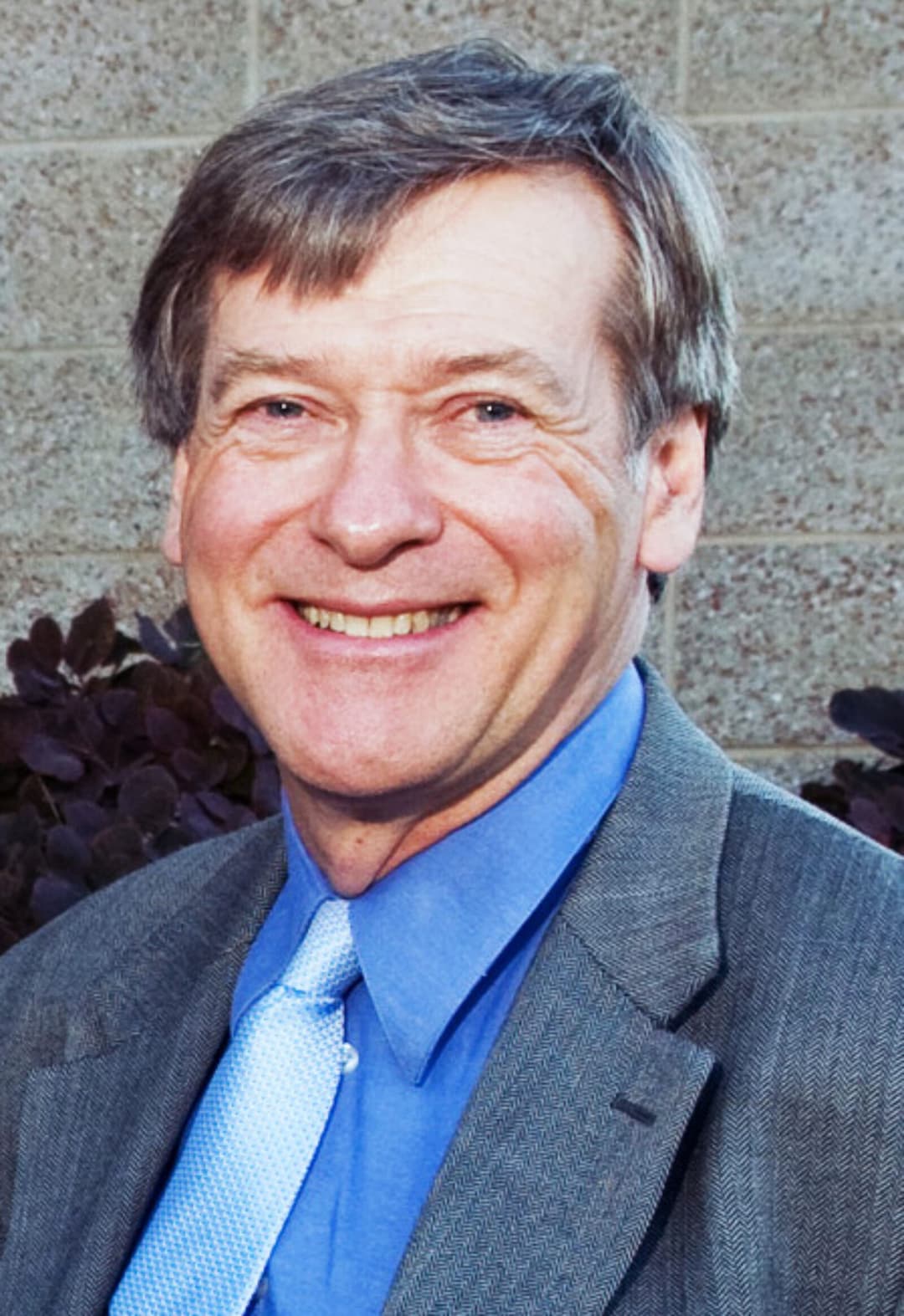Astro2010: Limitless Vistas on a Limited Budget

August 27, 2010
What can scientists hope to learn in the coming decade about the most basic questions about the cosmos and our place in it – from extraterrestrial life to the evolution of the Universe – while keeping to an earthbound budget?
That’s the question at the heart of Astro2010, the new decadal survey of astronomy and astrophysics sponsored by the National Research Council that provides direction for federal funding of research in these fields for the next ten years. Shortly after the survey was unveiled in August, two members of the committee that drafted the document offered their perspective not only on the survey, but also on the current and future direction of research.

“It has been a decade of explosive discovery,” says astrophysicist Roger Blandford, survey chair and director of the Kavli Institute for Particle Astrophysics and Cosmology at Stanford University. “Dark energy, dark matter, exoplanets, making precise cosmological measurements .... These are all enduring developments in science, and we’ve clearly got a lot to exploit in this decade.” Among other things, scientists in 10 years may be within striking distance of detecting and imaging earth-like, habitable planets orbiting nearby stars. They also see the possibility of solving the riddles of the “cosmic dawn,” the period about half a billion years after the Big Bang when the first starts, galaxies and black holes formed.
Ten years ago, the excitement about potential new discoveries was much like it is today. But the latest survey adds a new element of fiscal caution. Blandford says it reflects “a rather somber view that was granted to us by the [federal] agencies of the likely budgets as they saw them over the coming decade, which were really quite restrictive.”

Michael Turner, director of the Kavli Institute for Cosmological Physics, and a cosmologist who served on the 2000 and 2010 decadal survey committees, describes the key difference between the two: “At the time of the last survey, the nation’s biggest problem was how to wisely spend a looming surplus, and there was a sense that we’d better get a lot on the table because science should get its share of the surplus. This time, we had a much better idea of likely budgets, and we tried to put forward a program that is executable – i.e., doable with realistic budgets.”
This attention to budgets, risks and timetables does not shut the door to productive science. In fact, it might have helped the survey participants sharpen their focus on scientific questions and pay less attention to the glamour of big projects. The survey framed its recommendations by identifying three top-priority research objectives – finding nearby habitable planets, studying the cosmic dawn, and understanding the fundamental physics of the Universe – and then chose projects accordingly. Turner notes that these projects were not all massive enterprises such as big ground- or space-based telescopes. The survey seeks a funding boost for NASA’s relatively low-cost Explorer program, for instance. Far from just paying lip service to small- and medium-sized projects, Turner says, “Astro2010 put its money where its mouth is.”
So what does the survey reveal about the direction of astronomy and astrophysics and the challenges facing these fields? Blandford and Turner, discussing the survey shortly after its release, pointed to some key trends:
- Astronomy now is truly international, with no one country or continent standing out as the leader in funding or discoveries. Countries understand the benefits of collaboration, but they now need to master the mechanics, such as coordinating budgets and timetables. “On the issue of how we shake hands internationally and how we coordinate internationally -- we are really taking baby steps there,” says Turner.
- Exoplanets – planets orbiting stars other than our sun – are now at center stage in astronomy, especially for younger scientists. Blandford says exoplanet research is not only drawing the attention of his former students, but it is transforming the science of astronomy as well. “There’s a lot of chemistry and increasingly astrobiology, the way you do the observing is quite different, and so on. And people have developed different scientific tools,” he says. “There’s been an explosion of techniques, not just of discoveries.”
- Much of the work in the coming decade is designed build a base for the next. One aim of Astro2010, says Blandford, is to fund “a lot of technology development this decade, with a view to being ready to mount major flagship-class missions in space and large facilities on the ground that would attack some of the really big problems that we can identify but not specify now.” Turner gives the example of a successor to the Hubble Space Telescope: “What Astro2010 found out is that the technology is not quite there yet to build a 4- or 8-meter optical/UV at an affordable cost. The hope is, that with the investment that will be made over the decade, we will be ready to go in 2020.”
- Prepare to be surprised. “Astronomy is very much a discovery science,” says Blandford. “I’d be disappointed if, in ten years’ time, people don’t look back at what we have tried to do and say, ‘How could they have missed that? The signs were all there and there’s not even a comment about it.’”
For the complete interview with Roger Blandford and Michael Turner, go here.